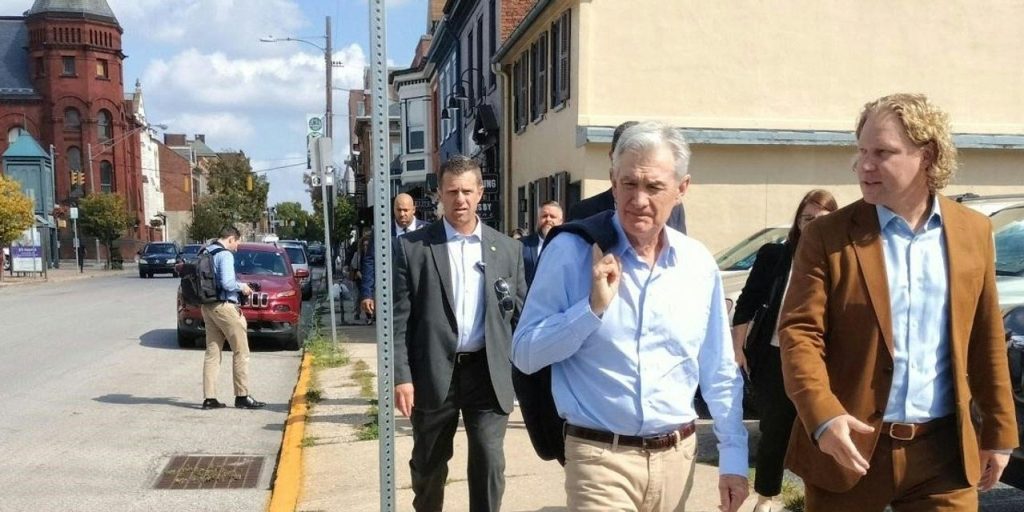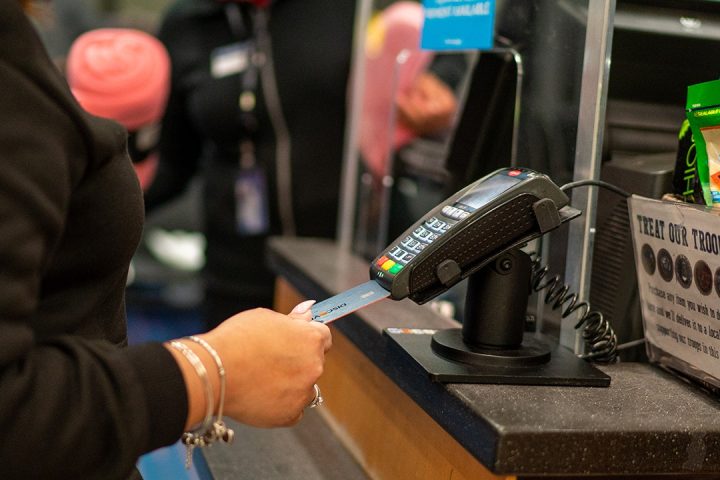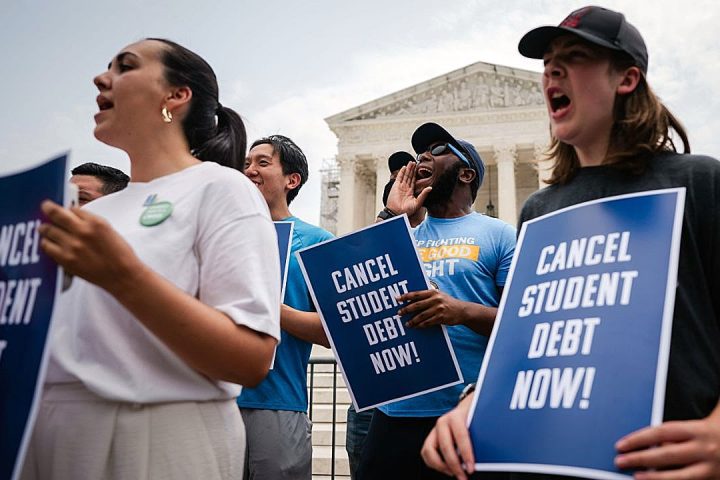“ This gap is, at least in part, a function of decades-old policies that segregated Americans based on race and national origin. ”
The U.S. homeownership rate has increased steadily over the past decade, to more than 65% in 2021. Sadly, this growth has not been equally distributed.
America’s Black homeownership rate has remained virtually flat, at 44%, compared to figures of roughly 73% for white Americans, 63% for Asian Americans, and 51% for Hispanic Americans. This racial gap has widened since the 2008 Great Recession.
The disparity has significant implications, given that homeownership is crucial to building wealth and financial security. We must bridge the gap. Doing so will take the best efforts of U.S. policymakers, real estate industry leaders, housing experts and the millions of people who contribute to making homeownership a reality for countless families across the country.
This gap is, at least in part, a function of decades-old policies that segregated Americans based on race and national origin. In the early 20th century, cities nationwide adopted racial zoning ordinances to keep Black homeowners out of white neighborhoods. After the U.S. Supreme Court ruled those policies unconstitutional, cities continued to protect property values in white neighborhoods while putting factories and freeways in neighborhoods of color.
Meanwhile, beginning in the 1930s, the federal government drew up maps of American cities that designated predominantly non-white areas as too risky for mortgage lending. Known as “redlining,” this practice effectively barred most Black Americans (and others who lived in communities with Black residents) from receiving federally backed home loans. America’s mortgage industry adhered to these practices for decades.
Indeed, when White veterans returned home from World War II, they were welcomed with low-cost homes in new suburban subdivisions financed by the federal government, while returning Black veterans were barred from these same communities through federal mandates.
The federal government made these practices illegal when it passed the Fair Housing Act in 1968. But by that time, the racial homeownership gap was entrenched in America.
This is especially relevant now, as the market has become exceedingly challenging for first-time buyers due to skyrocketing housing prices and record-low housing inventory. Last year, first-timers accounted for just 26% of homebuyers, the lowest rate since such records began being kept in 1981.
This crisis is largely driven by restrictive zoning laws that ban smaller lot sizes and denser, often more affordable housing units from being developed — pushing prices out of reach for those looking to become homeowners, especially people who cannot rely upon generational wealth for a down payment.
If these barriers remain in place, the demographic homeownership gap is bound to keep widening — as will overall racial wealth disparities in America.
“ A federal down payment assistance program would help millions of Black Americans become homeowners. ”
At the same time, policymakers must ensure that prospective Black homebuyers have equitable access to financing for home purchases. After all, saving for a down payment is one of the primary obstacles to homebuying. While many first-time buyers rely on family members for assistance, young Black adults are less likely to have homeowning relatives who possess the wealth required to provide such support.
Fortunately, some state and local governments and nonprofits already offer down payment assistance in the form of either grants or loans. But the federal government currently lacks a dedicated program for this purpose. A federal down payment assistance program would help millions of Black Americans become homeowners.
Additional special-purpose credit programs could also assist prospective homeowners from minority communities. These programs, which are permitted under the Equal Credit Opportunity Act (ECOA), allow lenders to apply special rules to extend credit to economically disadvantaged groups.
Congress can incentivize localities to implement these reforms by establishing a competitive grant program to encourage communities to take active steps to remove barriers to new and affordable housing, including those that prevent the construction of new housing via outdated zoning or land use regulations. ‘
Federal lawmakers can also help boost affordable housing production through tax credits, such as those included within the proposed Neighborhood Home Investment Act — which would encourage developers to construct and renovate one-to-four unit, owner-occupied housing. This legislation currently enjoys 31 bipartisan cosponsors in the House and 10 bipartisan cosponsors in the Senate.
Realtors can help achieve these goals by guiding would-be buyers to both special-purpose credit and down payment assistance programs, and by employing their expertise to advocate for zoning reforms and tax credits that bolster affordability.
Bridging the homeownership gap isn’t just about building a fairer housing market. It’s crucial for building and sustaining thriving communities, and for growing the U.S. economy more broadly. By working to dismantle the obstacles that have long prevented Black Americans from accumulating wealth, policymakers, real estate industry leaders and realtors can help forge a lasting path to prosperity.
Bryan Greene is vice president of policy advocacy at the National Association of Realtors.
More: It’s a ‘tale of two housing markets’ with buyers and sellers at opposite ends, Fannie Mae CEO says
Plus: How to take advantage of rising interest rates
Read the full article here






